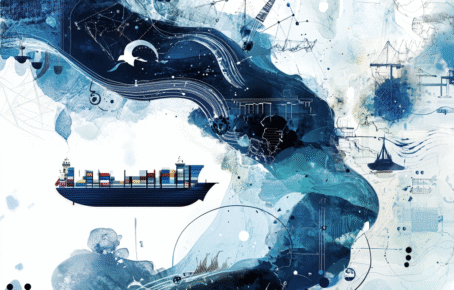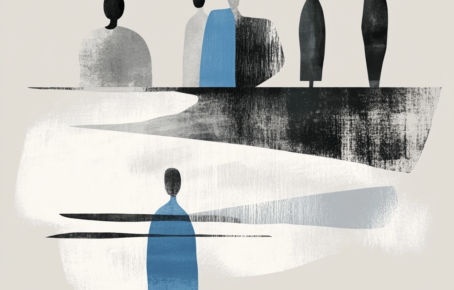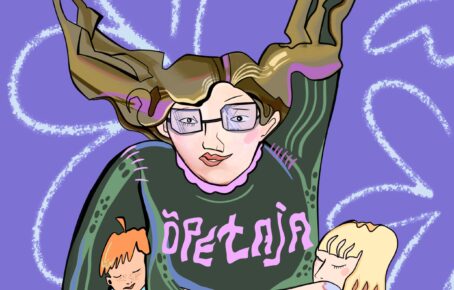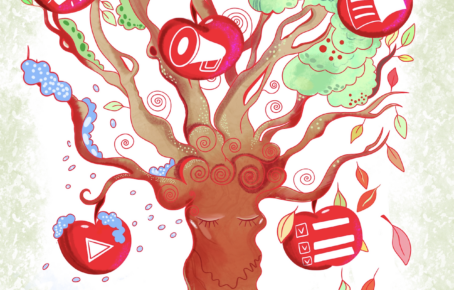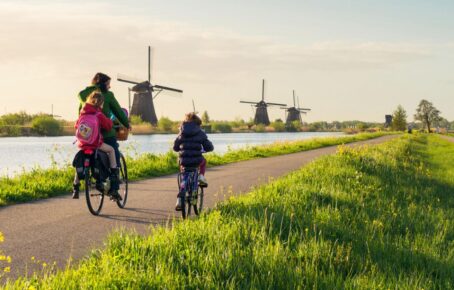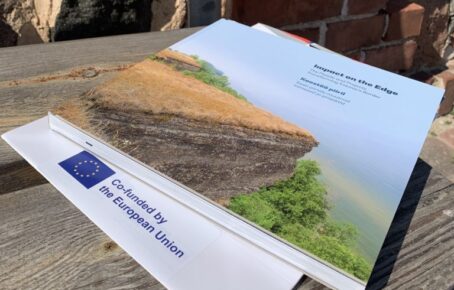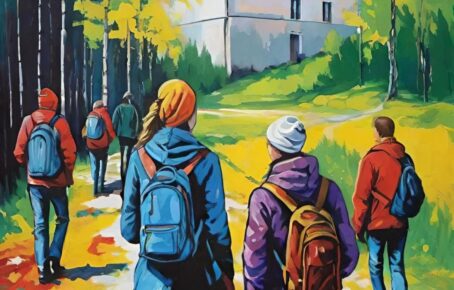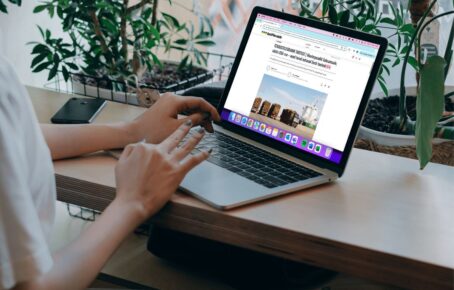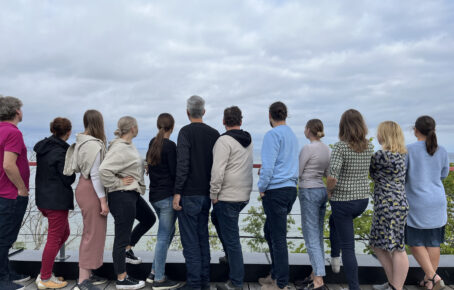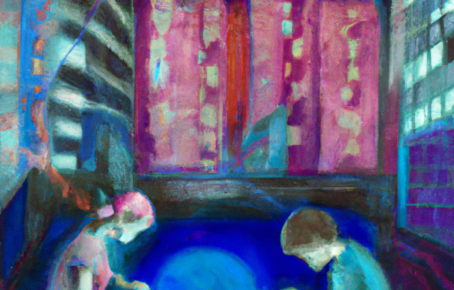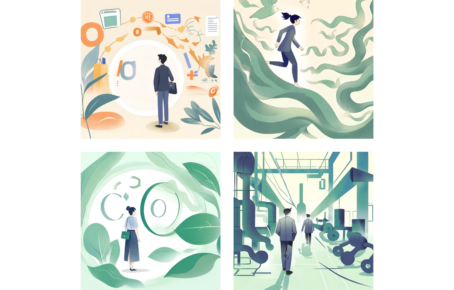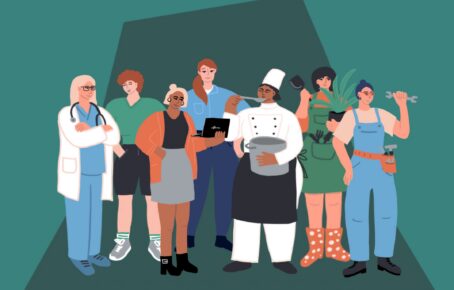
The role of art in a smart city
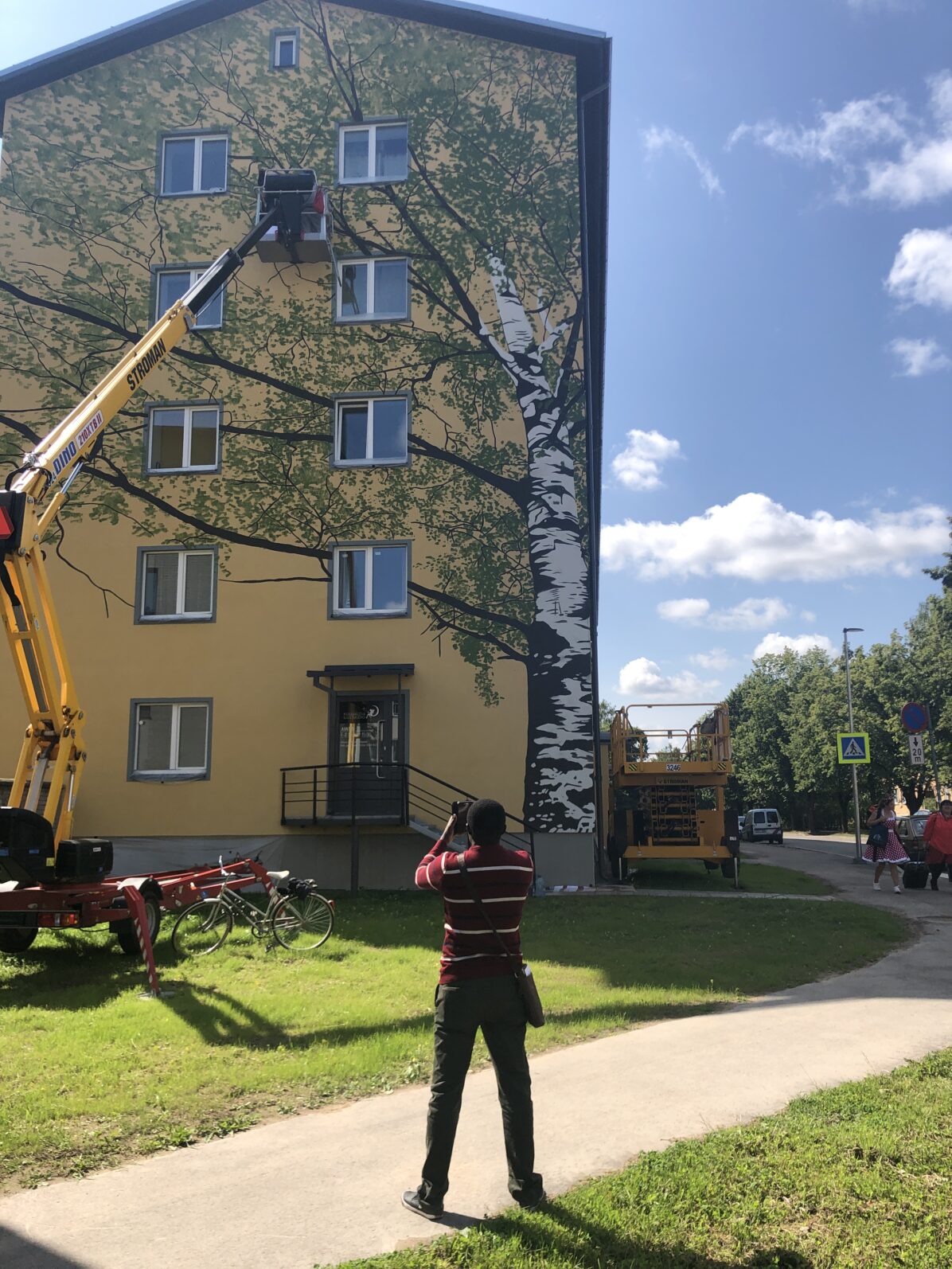
When the SmartEnCity consortium along with the Institute of Baltic Studies team finally submitted their late-night coffee-fueled application to the EU’s Horizon 2020 research and innovation programme in 2015 to begin one of the most ambitious smart city projects Europe had seen, we were all nervous. Nervous that we would not get funding and nervous because what if we did? Could such an ambitious project truly be realized? What happens if we fail?
Now, five years later, we can see that those fears were largely unfounded. We have started building the first ever energy-conscious community in Estonia and have set Tartu city on a path towards becoming a smarter and a more energy efficient city. One part of the SmartEnCity project has been creating urban art in the form of murals on the facades of our renovated apartment buildings. By doing so, we have proved two points: copious amounts of coffee does help with last minute proposal writing and building a greener future is not only about investments and technology.
Humans have been creating art for as long as they could express creative thought. These days, art is not something that only fancy men and women go to galleries to view, but it has become a ubiquitous part of our daily existence. Our streets are filled with graffiti and street art, there are an endless number of art festivals and events that you are bound to run into whether you want to or not, and art and design have become necessary components of nearly every field. Humans seem to, quite simply, love art.
One reason behind this is the emotional response it evokes. Whether it is good or bad (after all, not every piece of art is to everyone’s liking), art undeniably remains a hot conversation topic. When the English poets of the 18th century started writing about “the sublime”, they most often defined it as an elevated emotional response to a scene that is unfathomably grand and bewildering. This was an idea closely linked to beauty, but also to grandeur and the human experience. William Wordsworth wrote his undying words about the sublime:
Of aspect more sublime; that blessed mood,
In which the burden of the mystery
In which the heavy and weary weight
Of all this unintelligible world,
Is lightened
This iconic verse (at least according to English Literature students) likens the experience of the sublime to lifting the burden, lightening your load. In short, when you see something amazing, beautiful and awe-inspiring, you feel better. Sounds about right, doesn’t it?
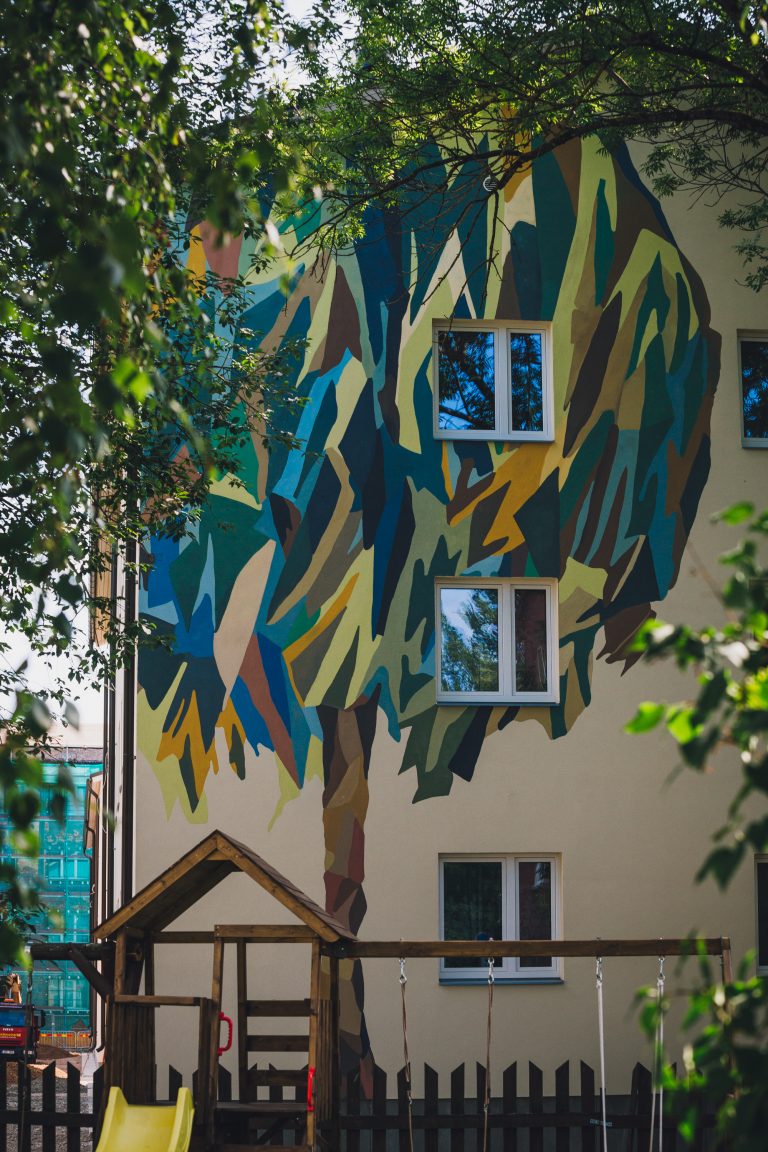
The second reason why art is so closely intertwined with the human experience is its ability to transform. This does not only refer to the hapless observer such as Wordsworth who is overtaken by emotion, but also to the environment that piece of art is in. It is a well-known fact that a Banksy stencil can double the price of the property it is painted on, but it also applies on a larger scale. A study has found that, “neighborhoods that have a higher proportion of urban art such as murals, outdoor sculptures or even local art events, have experienced an increase of market value.
As such, art not only makes the people of that neighborhood feel better but also raises the value of their property. When we wrote about creating a public art gallery in the SmartEnCity project proposal, i.e. turning the city itself into a gallery, this was exactly our reasoning – we did not want to only focus on renovations and technology but we wanted to create something beautifuland unique, something that can be treasured and enjoyed by the residents of our renovated houses, and by the people of Tartu and its visitors. We wanted art to elevate our smartovkas (“from hrustsovka to smartovka!”), to enrichen the quiet urban landscape of Tartu and for tourists to point in surprise and take photos.
As of October 2020, we have completed 16 artworks in Tartu and opened our first public art exhibit on the arch bridge over the Emajõgi river that tells the story of each art piece. Our artworks have been featured in newspapers, magazines, and journals from home and abroad, and they have helped highlight our renovation and smart city efforts, which otherwise might have gone largely unnoticed.
After all, you are not able to see from the outside that each apartment of a renovated house has an innovative smart home system installed or that these buildings are the first hrustsovkas in the world to have a fully automatic CO2 based ventilation system with heat exchangers. But a bold, original artwork will make you stop, think and wonder.
See our completed artworks here: http://tarktartu.ee/uhistutele/kunstilahendus/
Watch a video of the SmartEnCity art initiative here: https://youtu.be/XG9KW-SBUro?list=PLovOqXwP5WWAw7onVA79WCIse86KBC6Al
Project webpage: https://smartencity.eu/
Andra Somelar
Art Coordinator of the SmartEnCity project in Tartu
